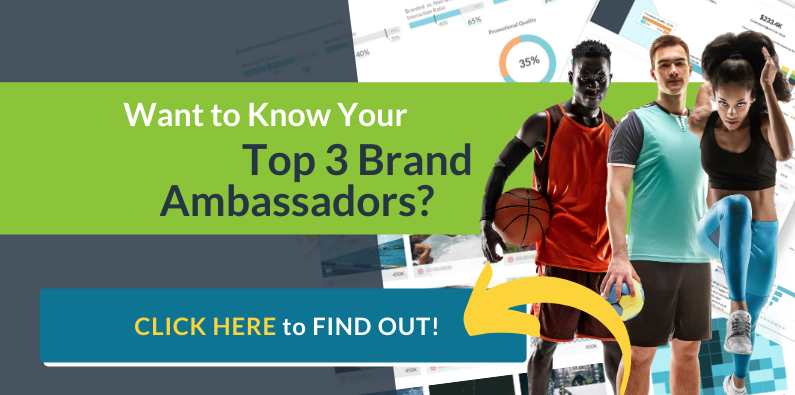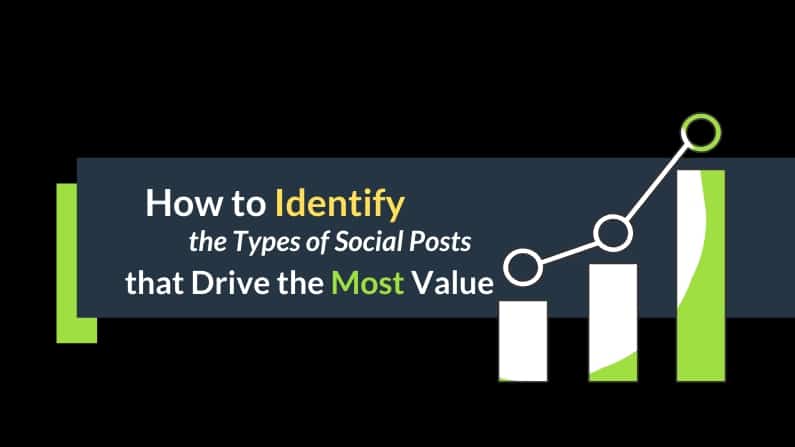As most who have spent any time in digital marketing know, leveraging social media as part of an overall cohesive digital marketing strategy is essential to the overall growth of a brand. But, how do you know which types of posts, or social networks, are really driving tangible value for your brand? By identifying which types of social media posts drive the most value, brand marketers are better able to craft effective content marketing campaigns in collaboration with their sponsored entities.
Crafting the perfect post that will resonate best with your target audience involves selecting the right imagery, the right tone, and the right timing. It really is a perfect storm. The good news is that each factor is measurable and predictable.
In order to best understand how to identify valuable social media posts, first let’s talk about some best practices for social media.
The Right Message on the Right Platform
Certain social media platforms naturally perform better for text versus images, while others are for a sense of community, and still others may be best suited for quick updates on news worthy events.
Facebook & Instagram
Facebook and Instagram are intensely visual, so creating images that are both visually interesting while also being highly relevant to your target audience’s interests and motivations will help to insure engagement and visibility of social posts in which a brand may be mentioned.
Facebook and Instagram work very well to build out stories around an athlete, brand or influencers by enabling them to pull fans and clients into their circle by showing them behind the scenes or brand new product images.
Twitter makes use of photos and videos as well, however, it tends to be much more highly targeted towards viewers that want a constant and steady stream of news and short updates.
Clarity of Logo & Mention of Brand
When a brand or a sponsored athlete is posting on social media, it is important that the brand logo, brand name, and / or product name be clearly mentioned or represented in the post if the main goal of the post is for product or brand recognition and promotion. Non-cluttered posting works best, wherein the text of the post is not overwhelmed with @ mentions and # hashtags of multiple brands.

You can see in these high value, high promotion quality posts, there is a clear product or brand logo that can be seen. Additionally, text mention or branded hashtag increase the quality of the promotion as well.
Identifying Valuable Posts with Hookit
With Hookit, brand marketers are able to see the true value that a promoted post drove from a specific sponsored athlete or influencer. Additionally, posts are automatically categorized to show which social network had the most value for the brand overall.
Not only can engagement metrics such as likes, shares, and comments be tracked on each brand specific post, but by using the proprietary Hookit Valuation Model, brands can see just how much value each platform or ambassador generated in terms of both Max Ad Value (MAV) and Adjusted Ad Value (AAV). This data gives brand marketers the knowledge to make smarter content and partnership decisions.

Knowing what type of content is driving the most value helps marketers quickly pivot content promotion strategies to better leverage each channel.
Knowing When To Post
Understanding when your audience is most likely to see and engage with a branded post is just as important as having the right content. Posting an amazing video at the wrong time could lead to a bust. For example, using the engagement heat map below, posting on Thursday is more likely to get high engagement than posting on Wednesday. Knowing this allows the content marketing and social media teams to work together to optimize the content for maximum engagement and brand value.

The Right Message at the Right Time to the Right Audience
The final step after identifying what content is most engaging and knowing when to post is knowing who the audience is that is being reached. Nearly all brands have their target consumer they want to reach – overall and by campaign. Knowing which social platform and/or influencer is key to actually reaching and engaging that audience. For example, if the goal of a new campaign is to promote a product targeted toward women, a platform or influencer with Audience A would be much more ideal compared to Audience B.
Audience A

Audience B

However, consider a different goal – to reach 18-34 year olds. In that case, both audiences would work. Knowing the target audience and which platform or influencers to use to reach and engage that audience is the final piece of the content optimization puzzle.
Want to see which platform your sponsored properties are driving value on for your brand? Contact us today to get a platform breakdown of your top 3 ambassadors or sponsored athletes.



